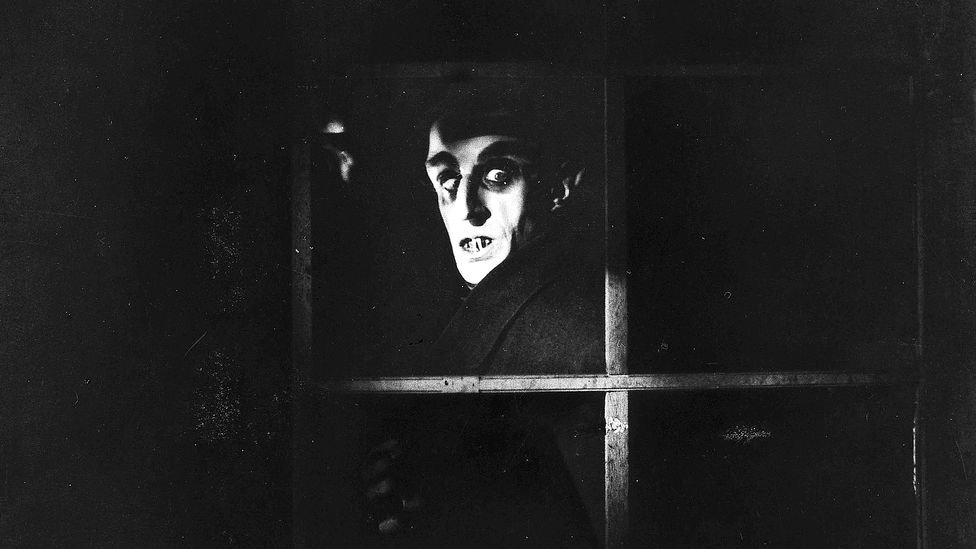In the latest video-game-inspired shoot-’em-up from director Paul W.S. Anderson (Resident Evil), Milla Jovovich spends the first 30 or so minutes being targeted by a variety of giant dragon-esque armoured beasties that travel beneath the desert sand.
She stars as Artemis, a U.S. solder who has somehow got whisked into an alternate reality by a giant electrical storm. It’s a bit of a Wizard of Oz scenario, if the flying monkeys were the size of airplanes. Also, in place of Munchkins, giant spiders.
Artemis loses touch with her fellow soldiers early in the confusion, but picks up a companion played by Tony Jaa, who somehow combines the heart, brains and intellect of Dorothy’s companions from that other movie. Since neither of them speaks the other’s language, the conversation is modest, consisting mostly of nouns — “Chocolate.” “Velcro.” “Bait.” — and the occasional scream of pain or fear. All Artemis wants is to get home, which in this case requires a visit to a place called the Sky Tower. It looks as if someone had moved into Mordor at the end of The Lord of the Rings and then really let the place go.
The special effects are decent, and fans of the video game will either be amused or horrified to see what the movie has done to Meowscular Chef, a sentient feline pirate and cook. Also in the cast is Ron Perlman, whose unique bone structure needs no computer enhancement to make him look otherworldly. His character informs Artemis that he’s been studying her language, so well that he even uses English slang and contractions. (“S’matta” for “What’s the matter?” etc.)
In our own alternate universe (i.e., a world without COVID-19), Monster Hunter would have opened in September and probably have been forgotten by now. Dec. 18 was the original release date for Denis Villeneuve’s Dune, another science-fiction story featuring huge subterranean predators.
I fear that between the ones in Monster Hunter and the recent sand-worm-type creatures in The Mandalorian, Dune is going to look like an imitator by the time it finally comes out next Christmas.
But that’s likely to be the only comparison between Dune and this noisy, dull survival story. Monster Hunter rambles on to a final act that will only surprise those who have never played a video game or watched a movie based on one. And it ends on a huge tease, like a game from another era asking if you’d like to insert another quarter to continue.
Thanks, but I’m out.






